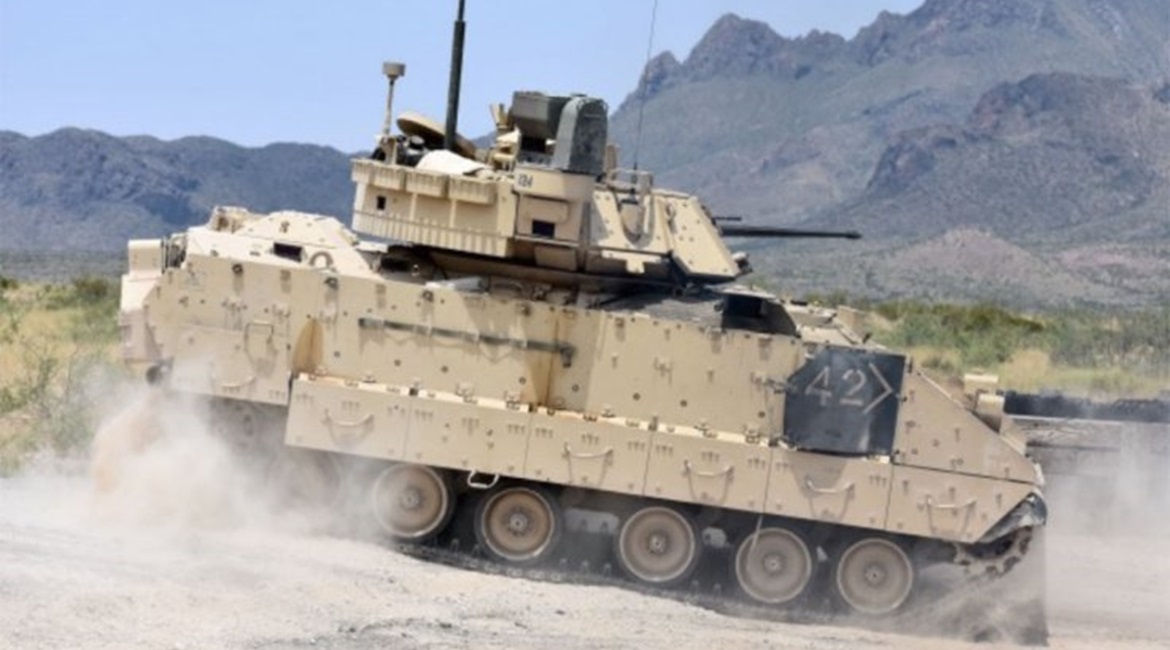
US Army network communications and information technology experts are mulling over options on which software-defined radios (SDRs) and other intelligence, surveillance, and reconnaissance (ISR) subsystems service leaders will need to integrate into the Optionally Manned Fighting Vehicle (OMFV) and Future Vertical Lift (FVL) platforms once both the programmes become fully operational.
Senior service leaders are weighing SDR requirements that will aid the OMFV and FVL to integrate into the mesh networks that will populate the army’s Integrated Tactical Network (ITN) and also allow soldiers and air crew to be able to control unmanned systems from their respective vehicles and aircrafts.
“What are the optimum radios that are going to allow that platform to stay connected, control manned or unmanned [assets], and ensure we have the ability for a resilient mesh network that enables that system to connect”, in a contested environment, said US Army Major General Peter Gallagher.
On FVL, army leaders need to ensure that the right software-defined radios “with the ability to extend the mesh network” are employed on the advanced aircraft, and that can also integrate with the platform’s modular, open systems architecture, said Gen Gallagher, who heads the Army Futures Command’s Network-Cross Functional Team (N-CFT).
“We are figuring out what those components are going to be,” he added, declining to go into specifics regarding which particular SDR systems the service officials were considering.
However, Gen Gallagher did note that the ongoing evaluation was being executed in conjunction with the service’s Command, Control, Communications, Computers, Cyber, and ISR (C5ISR) Center at Aberdeen Proving Grounds in Maryland, as well as the command’s Assured-Positioning, Timing, and Navigation (A-PNT) Cross Functional Team. That work is part of a larger effort by service officials to get the programme back on track.

Looking to read the full article?
Gain unlimited access to Janes news and more...




